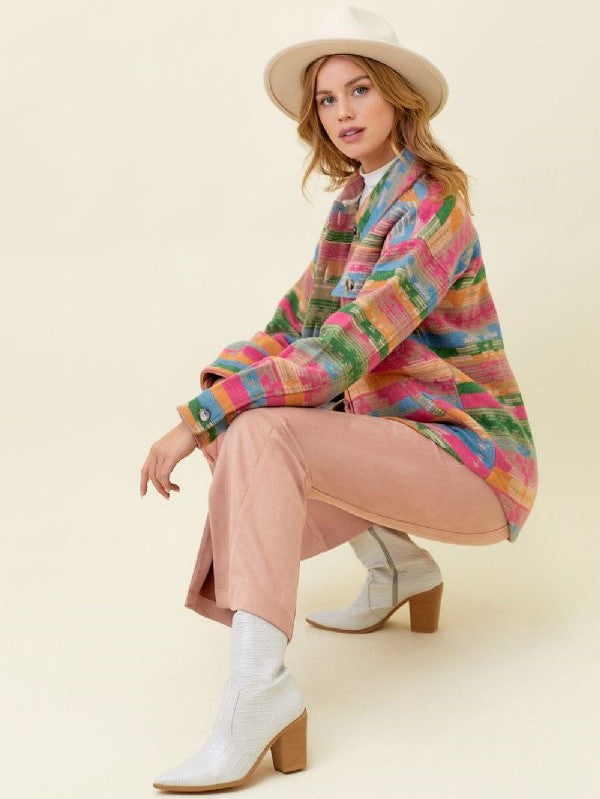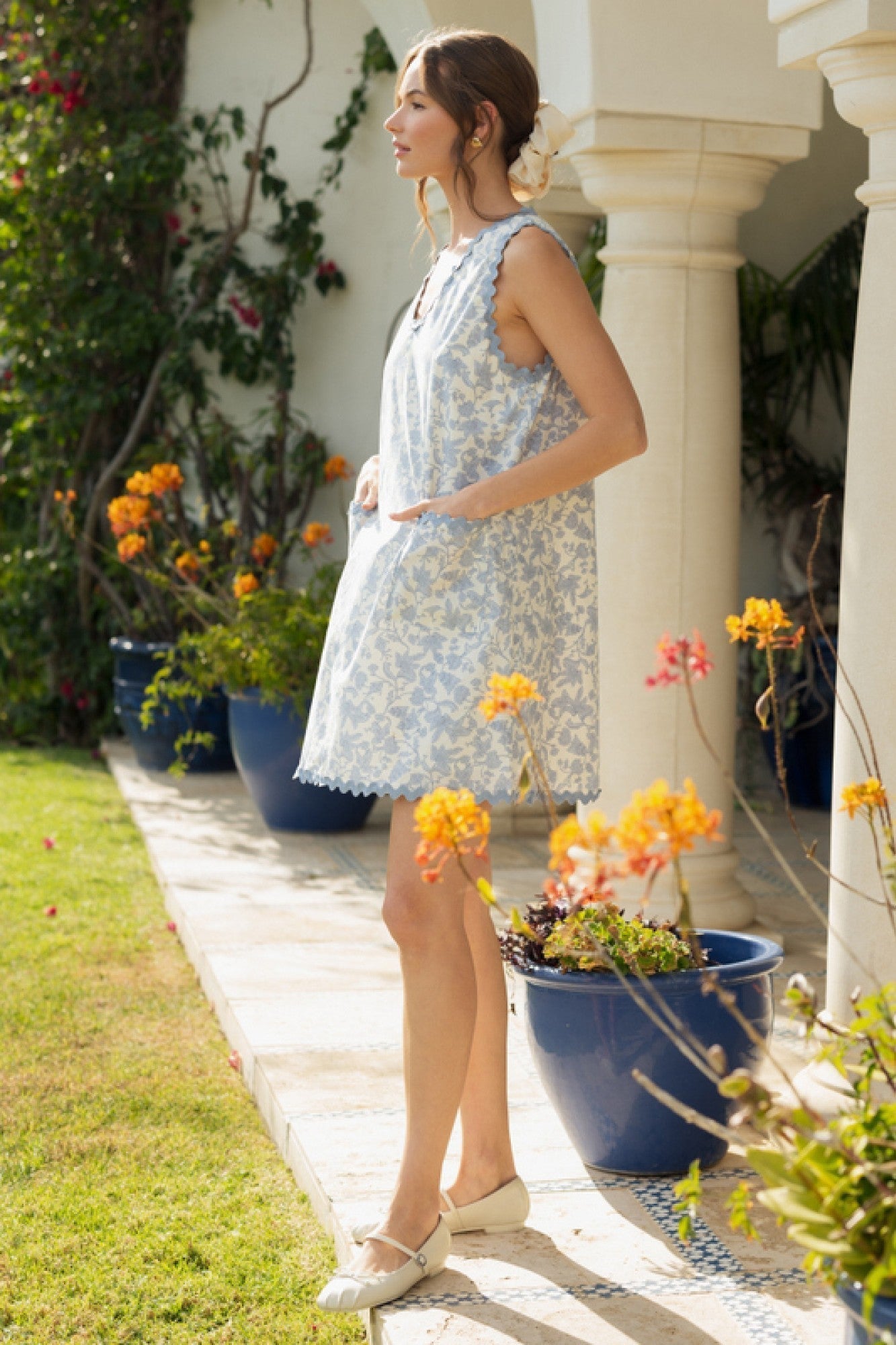Your twenties represent a unique time for style exploration and development. Unlike the experimental teenage years or the more established preferences that come with experience, this decade offers the perfect opportunity to identify what truly resonates with your personality while building a wardrobe that supports your lifestyle and aspirations. Finding your signature style isn't about following every trend or copying someone else's look – it's about understanding yourself and expressing that understanding through your clothing choices.
Understanding Personal Style vs. Fashion Trends
Personal style transcends seasonal trends and temporary fashion moments. While trends can inspire and inform your choices, your signature style should reflect your personality, lifestyle, and values in ways that remain consistent even as fashion changes around you. This foundation allows you to selectively incorporate trending elements that align with your aesthetic while ignoring those that don't serve your personal vision.
Consider how you want to be perceived and how you want to feel in your clothing. Do you gravitate toward clean, minimalist lines that convey professionalism and sophistication? Are you drawn to romantic, feminine details that express your creative side? Perhaps you prefer bold, statement pieces that showcase your confidence and individuality. Understanding these preferences helps guide your purchasing decisions and styling choices.
Identifying Your Lifestyle Needs
Your signature style must align with your actual life, not an idealized version of how you think you should live. A realistic assessment of your daily activities, social commitments, and professional requirements ensures that your wardrobe works for you rather than against you. If you spend most days in casual settings, investing heavily in formal pieces doesn't make practical sense, regardless of how beautiful they might be.
Consider your social and professional environments when developing your style identity. Are you in a creative field that allows for more experimental fashion choices, or do you work in a conservative environment that requires more traditional approaches? Your signature style should feel authentic in the spaces where you spend the most time.
Building a Color Palette That Works
Developing a cohesive color palette simplifies shopping decisions and ensures that pieces in your wardrobe coordinate effortlessly. Start by identifying colors that complement your skin tone and make you feel confident. These become your foundation colors – the neutrals and basics that form the backbone of your wardrobe.
From there, add accent colors that reflect your personality and preferences. Perhaps you're drawn to warm, earthy tones like terracotta and sage green, or maybe you prefer cool, crisp combinations like navy and white. Some people gravitate toward monochromatic schemes, while others prefer high contrast combinations. There's no right or wrong choice – only what feels authentic to you.
Your color palette should include enough variety to keep your outfits interesting while maintaining enough consistency to create a cohesive overall aesthetic. This approach allows pieces like Entro's Flora Scallop Hem Mini Dress in both red and blue to work within your wardrobe framework while offering options for different moods and occasions.
Silhouettes and Fits That Flatter
Understanding which silhouettes work best for your body type and personal preferences is crucial for developing your signature style. This doesn't mean limiting yourself to only one type of fit, but rather understanding how different cuts and proportions work with your figure and comfort level.
Some people feel most confident in fitted, tailored pieces that show their shape, while others prefer relaxed, flowing silhouettes that prioritize comfort and ease of movement. Many find that a combination approach works best – fitted on top with flowing bottoms, or structured pieces balanced with softer elements.
Pay attention to the necklines, sleeve lengths, and hemlines that make you feel most comfortable and confident. These preferences often remain consistent even as specific styles change, making them valuable guidelines for future purchases.
Incorporating Personal Interests and Values
Your signature style should reflect your interests, hobbies, and values. If you're passionate about environmental sustainability, you might gravitate toward brands and pieces that align with those values. If you love music, you might incorporate band tees or music-inspired accessories into your looks. These personal touches make your style uniquely yours.
Consider how your lifestyle influences your aesthetic preferences. Someone who loves outdoor activities might prefer practical, versatile pieces that can transition from hiking trails to casual dinners. A person who frequently attends social events might build their wardrobe around pieces that photograph well and feel special for memorable occasions.
Quality vs. Quantity Considerations
Developing a signature style often involves shifting focus from accumulating many pieces to choosing fewer, higher-quality items that truly represent your aesthetic. This approach not only supports budget-conscious shopping but also ensures that your wardrobe feels cohesive and intentional.
When evaluating potential purchases, consider how they fit into your overall style vision. A piece might be beautiful and well-made, but if it doesn't align with your established aesthetic or serve multiple functions in your wardrobe, it might not be the best choice for your signature style development.
Experimenting While Staying True to Yourself
Finding your signature style doesn't mean never trying new things or incorporating fresh elements into your wardrobe. The key is experimenting in ways that build upon your established preferences rather than completely contradicting them. If you typically prefer minimalist aesthetics, you might experiment with subtle textural elements rather than bold prints. If you love romantic, feminine styles, you might try pieces with interesting structural details while maintaining soft, flowing overall silhouettes.
Accessories offer an excellent way to experiment with new trends or styling approaches without making major wardrobe investments. A statement necklace can add personality to simple outfits, while a bold bag can serve as a conversation starter that reflects your interests or mood.
Documenting Your Style Journey
Keep track of outfits that make you feel particularly confident and comfortable. Whether through photos, a style journal, or simply mental notes, documenting successful combinations helps you identify patterns in your preferences and replicate looks that work well for you.
Pay attention to compliments you receive and how different outfits make you feel throughout the day. This feedback helps refine your understanding of which pieces and combinations truly represent your signature style.
Creating a signature style is an ongoing process that evolves as you grow and change. The goal isn't to lock yourself into a rigid aesthetic, but rather to develop a clear understanding of what works for you so that you can make confident choices that reflect your personality and support your lifestyle.





